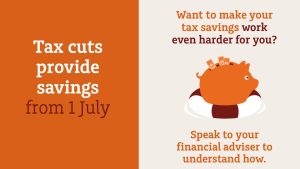With the increased activity online – be it due to working from home, home schooling, or simply because we have found a great availability of engaging and interesting content and streaming services, we are online a lot more and need to consider if we are adhering to safe cyber practices at home. This means having the right protective measures in place, and ensuring we are discussing safe cyber practices with other members of our household.
Did you know the average household owns 17 internet-connected devices?*
(* Telsyte Australian IoT @ Home Market Study 2018).
Top tips for staying safe online at home
- Use strong passwords and two-factor authentication
- Update your software
- Have antivirus installed
- Be careful of the information you share online that can easily identify you and be used against you
- Never click on suspicious links.
Strong passwords
A good rule of thumb for passwords is – the longer the stronger! Consider a password that contains:
- at least 8 characters (14 characters is even better!)
- at least one upper case
- one lowercase
- one numeric
- one special character (not the % sign).
When you set up a password you should avoid using details that can easily identify you – such as your own date of birth, street number, age, name etc. These are too easy to guess.
Passphrases
A passphrase is similar to a password but is often more difficult to break as it is a sentence that is unique to you but easy to remember. It is generally longer and more complex than a password and ideally contains an uppercase, symbols and punctuation.
An example of a passphrase might be your favourite meal or activity:
- OnfridaysIorderfishnchip5
- NeverStartTheDayWithoutACoff33
- Weplays0ccer0naSaturday!
Keeping our client data safe
Protecting your personal information will always be a priority for us, and we will continue to make it easier, and safer, for you to work with us. If you have any questions or concerns, please get in touch with us.
The information, including tax, provided in this document is general information only and does not constitute personal advice. It has been prepared without taking into account any of your individual objectives, financial solutions or needs. Before acting on this information you should consider its appropriateness, having regard to your own objectives, financial situation and needs. You should read the relevant Product Disclosure Statements and seek personal advice from a qualified financial adviser. From time to time we may send you informative updates and details of the range of services we can provide. If you no longer want to receive this information please contact our office to opt out. The views expressed in this publication are solely those of the author; they are not reflective or indicative of Licensee’s position, and are not to be attributed to the Licensee. They cannot be reproduced in any form without the express written consent of the author.







